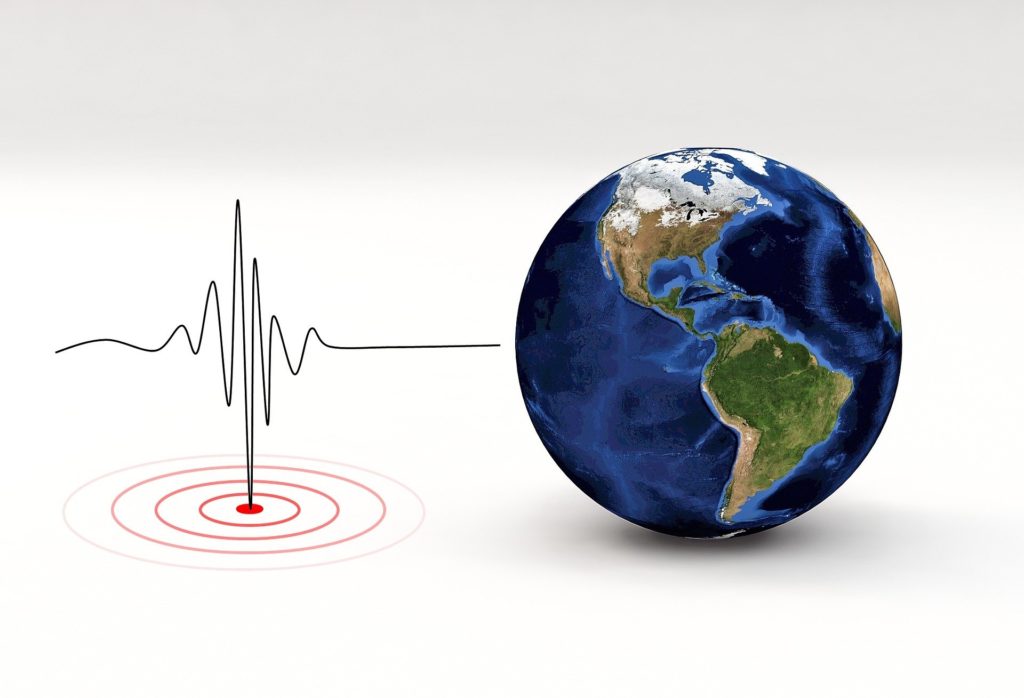
Forecasting earthquakes is an important problem in Earth science, because of their devastating consequences. The success of earthquake prediction can potentially save many lives. Current scientific studies related to earthquake prediction focus on when and where it will occur and its magnitude. Different technologies have been used to address this, such as mathematical analysis, machine learning algorithms like decision trees and support vector machines, and precursors signal study. Since earthquakes have very dynamic and unpredictable nature, these technologies do not perform well for this task. As the earthquakes are spatially and temporally correlated because of the crust movement, we can predict the earthquakes based on that location’s data and the data of larger areas.
Earthquake waves are typically composed of different types: p-waves (compressional waves) travel faster and do less damage. S-waves (translational waves) will land a few seconds later but will do the bulk of the damage.

Seismology and Deep Learning
Within the past few years, there has been rapid growth in the seismic data quantity. This makes it challenging for modern seismology to analyze and process the data. Most of the popular techniques for earthquake prediction use the old seismic data, which was small. With the advancement in machine learning and deep learning, it is possible to extract useful information and train models on large datasets.
Once we train a deep learning model with large amounts of data, it can acquire their knowledge by extracting features from raw data to recognize natural objects and make expert-level decisions in various disciplines. Besides the advancement in computational power, it has become straightforward to train large models. These advantages make deep learning suitable for applications in real-time seismology and earthquake prediction.
For the task of the earthquake prediction, the deep learning models which perform better than other models are CNN and LSTM:
Convolution Neural Network
“In deep learning, a convolutional neural network (CNN, or ConvNet) is a class of deep neural networks, most commonly applied to analyzing visual imagery. They are also known as shift invariant or space invariant artificial neural networks (SIANN), based on their shared-weights architecture and translation invariance characteristics.
They have applications in image and video recognition, recommender systems, image classification, medical image analysis, natural language processing, brain-computer interfaces, and financial time series”. (Source: Wikipedia)
A convolutional neural network consists of an input layer, hidden layers and an output layer. A typical CNN consists of:
• Convolution Layer: Convolutional layers convolve the input and pass its result to the next layer.
• Pooling Layer: Pooling layers reduce the data’s dimensions by combining the outputs of neuron clusters at one layer into a single neuron in the next layer.
• Fully Connected Layer: Fully connected layers connect every neuron in one layer to every neuron in another layer.
VisualSim can be used to construct deep learning models where “Long short-term memory (LSTM) is an artificial recurrent neural network (RNN) architecture used in the field of deep learning. LSTM networks are well-suited to classifying, processing and making predictions based on time series data since there can be lags of unknown duration between important events in a time series.” (Source: Wikipedia) VisualSim supports timed seismograph data.
Typical LSTM block diagram:

Web Reference: https://liveai.eu/earthquake-prediction-using-deep-learning/